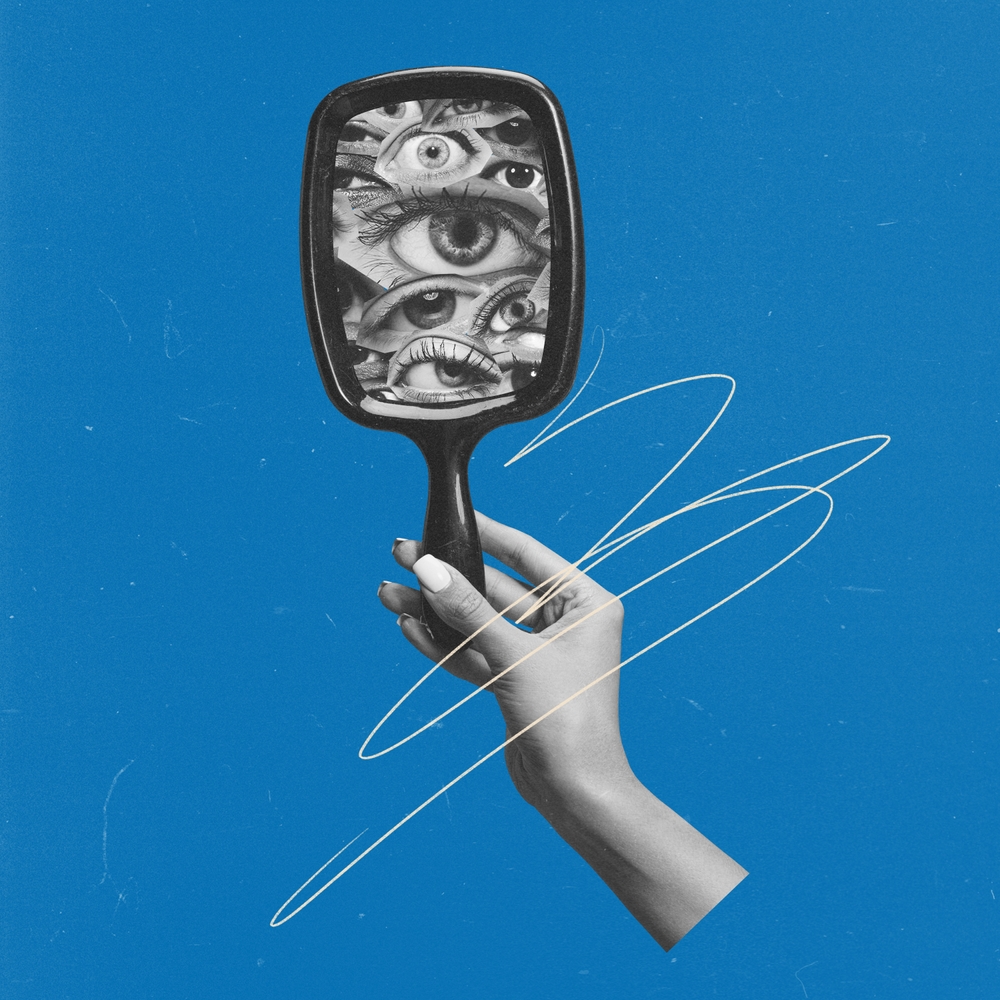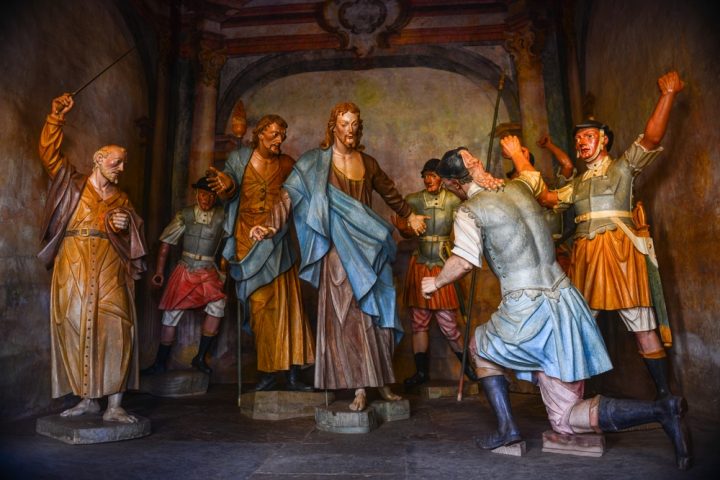Art movements have often reflected or precipitated shifts in societal norms, politics, and philosophy. Exploring 11 key art movements reveals how art has not just mirrored society’s evolution but has actively influenced and shaped culture throughout history.
1. Renaissance (14th – 17th Century)
Marking the transition from medieval to modern times, the Renaissance rekindled interest in classical philosophy and artistic ideals. It emphasized humanism, individualism, and realism, impacting education, politics, and the sciences.
2. Baroque (17th Century)
Emerging in Europe, Baroque art was characterized by drama, rich color, and intense light and shadow. It was closely tied to the Counter-Reformation, promoting religious themes while displaying the glory and power of monarchies.
3. Romanticism (Late 18th – Mid 19th Century)
Romantic artists emphasized emotion, individualism, and nature, often as a reaction against the Industrial Revolution and the Age of Enlightenment. This movement influenced literature, and music, and inspired nationalist movements.
4. Impressionism (19th Century)
Breaking from traditional methods, Impressionists like Monet and Renoir painted en plein air, capturing fleeting effects of light and atmosphere. This movement marked a shift towards modernism, emphasizing personal perceptions.
5. Expressionism (Early 20th Century)
Focused on representing emotional experience rather than reality, Expressionism in painting and literature altered perceptions of authenticity, emotion, and the human psyche, influencing contemporary art forms like cinema.
6. Cubism (Early 20th Century)
Pioneered by Picasso and Braque, Cubism deconstructed objects into abstract, geometric forms, challenging traditional perspectives and prompting new approaches in art, architecture, and literature.
7. Surrealism (1920s)
Influenced by Freudian psychoanalysis, Surrealists like Dalí and Magritte created bizarre, dream-like imagery to explore the unconscious mind. This movement influenced fashion, film, and popular culture, reshaping perceptions of reality.
8. Pop Art (1950s – 1960s)
Pop Art challenged traditional fine art by incorporating images from popular and commercial culture. Artists like Warhol and Lichtenstein influenced advertising, graphic design, and highlighted the growing consumerist culture.
9. Minimalism (1960s – 1970s)
Focusing on simplicity and objectivity, Minimalism in art and music emphasized the idea of art devoid of personal expression. Its impact is seen in architecture, interior design, and a broader cultural trend towards simplicity.
10. Postmodernism (Late 20th Century)
Characterized by skepticism, irony, and philosophical critiques of concepts of universal truths and objective reality, postmodernism in arts and architecture has led to an era of pluralism in cultural forms and practices.
11. Digital/Internet Art (21st Century)
With the digital age, art transcended traditional mediums, embracing technology and the internet. This movement has democratized art production and accessibility, impacting how art is created, shared, and perceived in the digital era.
Each of these movements not only left a lasting imprint on the aesthetic and conceptual development of art but also profoundly influenced various aspects of societal structure, politics, and individual worldviews. Art, thus, emerges as a dynamic and influential force, reflecting and shaping the currents of human thought and culture.


